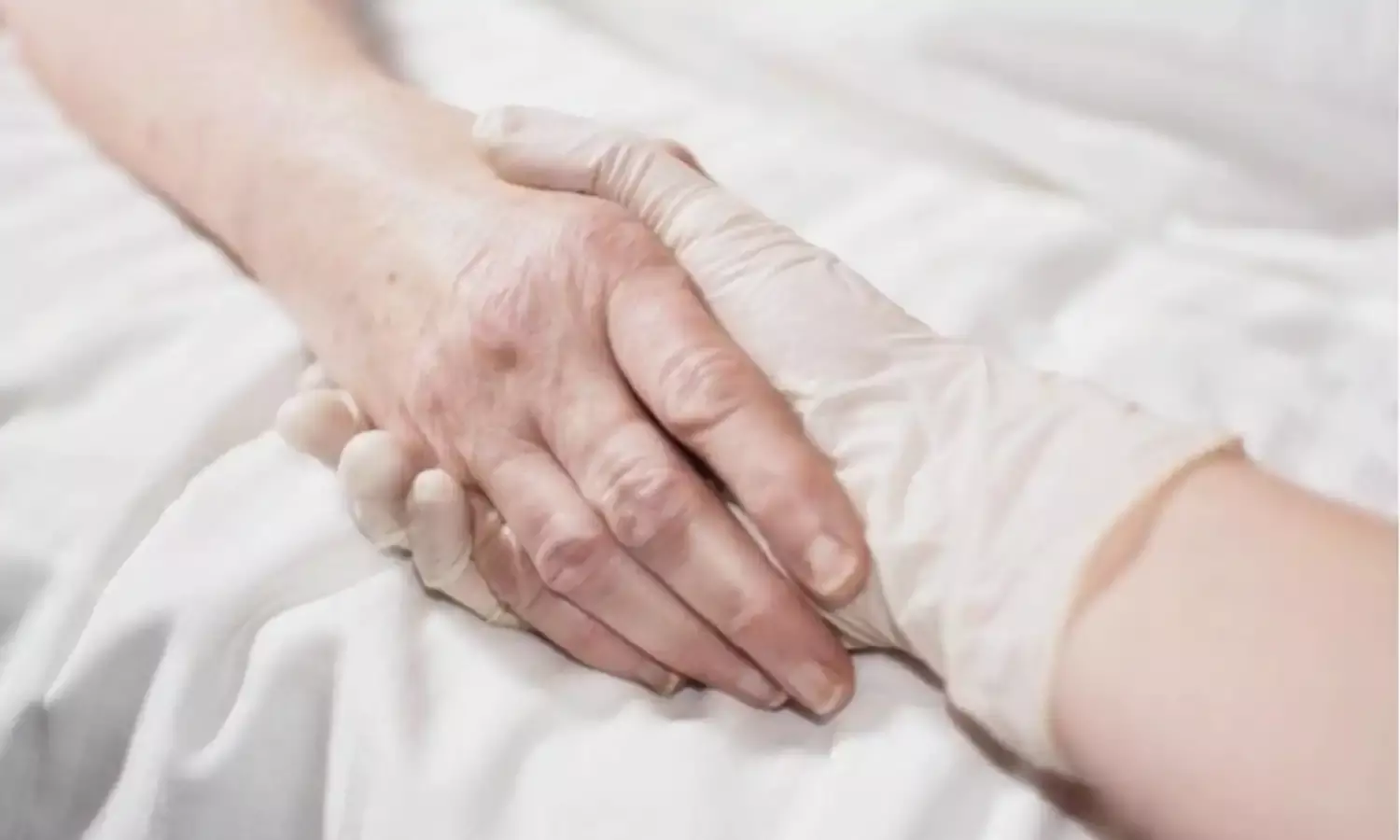Passive Euthanasia Welcome But The Term Is Problematic
Supreme Court judgement allows a patient to die with dignity

The Supreme Court in a recent judgement made passive euthanasia permissible. The move allowed a terminally ill patient the right to refuse a medical treatment or artificial life support in cases of terminally ill patients. The Supreme Court held that fundamental right to a "meaningful existence" includes a person's choice to die without suffering. But the judgment has stirred up a debate around the passive euthanasia inviting opinions for and against the use of the term and its implications from medical practitioners, patients and experts.
Common Cause, the NGO, dedicated to public causes, filed a petition for the enactment of a law which sanctions the practice of executing a ‘living will’, which allows a patient for refusal of life-prolonging medical support to terminally ill patient. Vipul Mudgal, the director of the Common Cause said, “Right to die with dignity is a part of our life. If a patient is terminally ill and if he chooses not to be subjected to something like ventilators or medical intrusion, he should be allowed.”
Vipul moreover adds that there is a difference between active euthanasia and passive euthanasia. The petition does not support the active euthanasia. Active euthanasia is the deliberate attempt by the doctor to kill a patient while the passive euthanasia is removing the life support systems provided to a patient. The Supreme Court in its judgement has allowed the passive euthanasia and the right to die with dignity.
Medical practitioners welcome the move of the Supreme Court, but they find the use of term problematic. According to Dr. Sushma Bhatnagar, the Head of the Anaesthesia and Palliative Care Centre at All India Institute of Medical Sciences, New Delhi, the word “passive euthanasia is a “misnomer and negative word”. She says, “The end of life care is a positive response to (the patients) and it should be called palliative care instead.” Palliative care is an umbrella term that encompasses the service aimed at relieving the pain in the case of chronic diseases.
The patients suffering from the chronic diseases differ on the judgement of the Supreme Court. Anju Singh, in her fifties has been suffering from breast cancer since 2011. She says, “The right to dignified death sounds positive, but you wouldn’t find a single patient who would refuse the medication and surrender to death. Every patient hopes to cope up from the disease.” Balram (55) adds that the Right to life and death is a personal choice and the Supreme Court move to ensure the right is welcome.
The debate for euthanasia has been going on for long. Mohd Nazir a 42 year old man in Agra had written to the former President Pranab Mukherjee pleading for euthanasia or mercy killing for six of his eight children who are suffering from a rare neurological disease. Similarly, Aruna, a 60 year old, slipped into coma after a brutal attack on her at Mumbai’s King Edward Memorial Hospital by a staffer on November 27,1973.
Supreme Court lawyer and counsel to the Common Cause NGO, Prashant Bhushan, said that the petition filed in India for the passive euthanasia comes from the living bill which is being followed in many countries. Prashant Bhushan said, “If a person expresses his wish or refuses for keeping alive by artificial means in advance, there is no reason why it should not be given effect to.” Palliative care centres which are one such place for passive euthanasia is very few in the country. Prashant Bhushan expresses his concern over the shortage of palliative care cenres in the country due to which the patients have to either go to hospitals which results in huge bills or artificial life support systems.
The recent judgement on the Supreme Court allows a patient to die with dignity. But, passive euthanasia is mostly done at palliative care centres. The country has very few palliative care centres in the country. In India the majority of the palliative care centres are in Southern part in Kerala, Karnataka and Tamil Nadu. The Economist Intelligence Unit’s ranks India at the 67th position among the 80 countries, and media reports claims that India is one of the worst countries to die.



